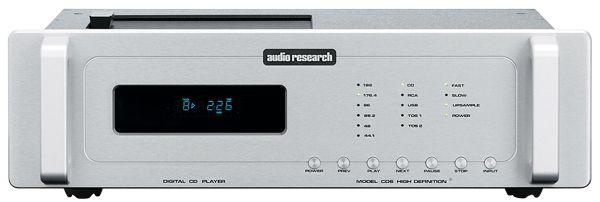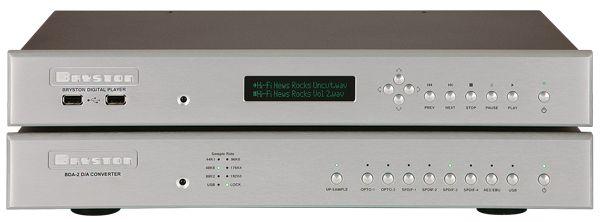LATEST ADDITIONS
|
Jan 13, 2015
|
Jan 13, 2015
|
Jan 09, 2015
|
Jan 09, 2015













